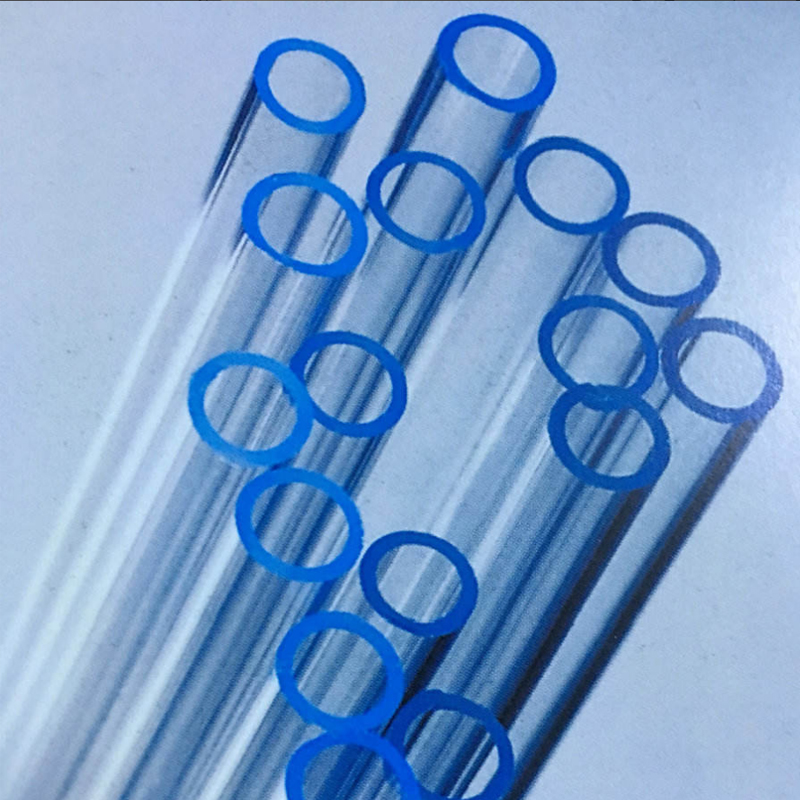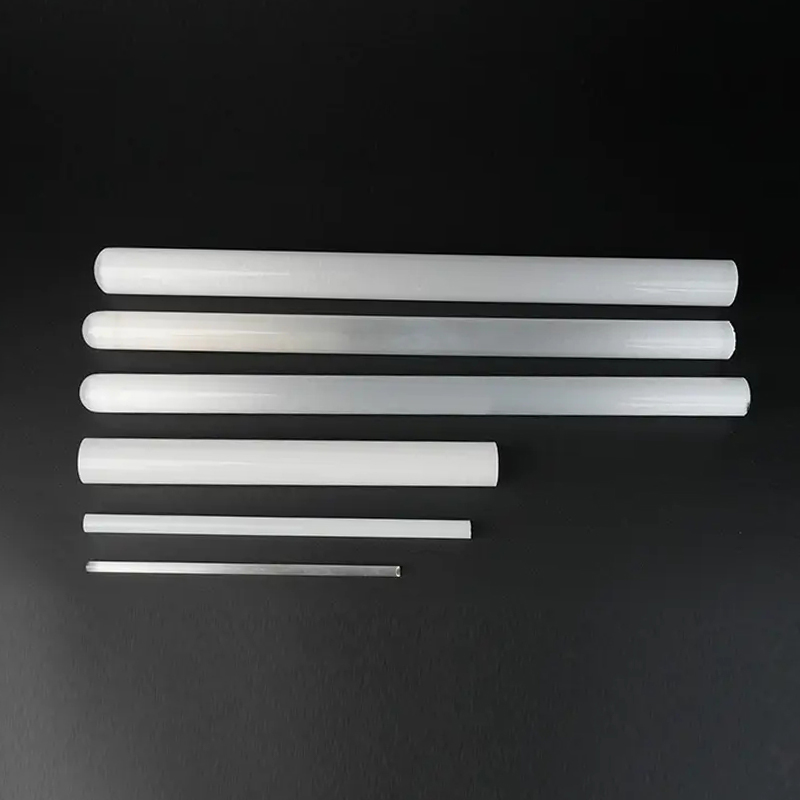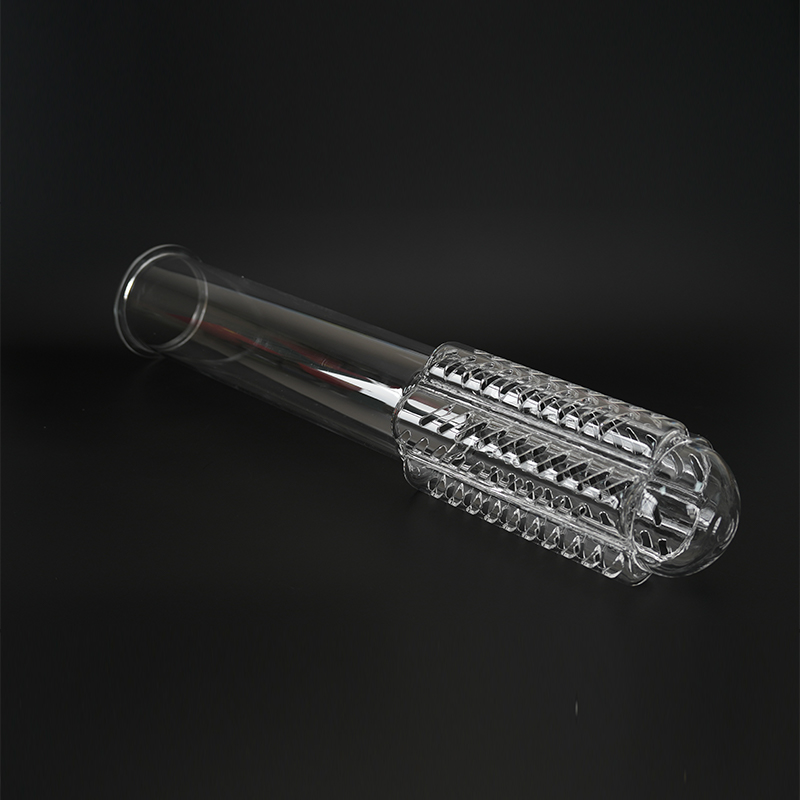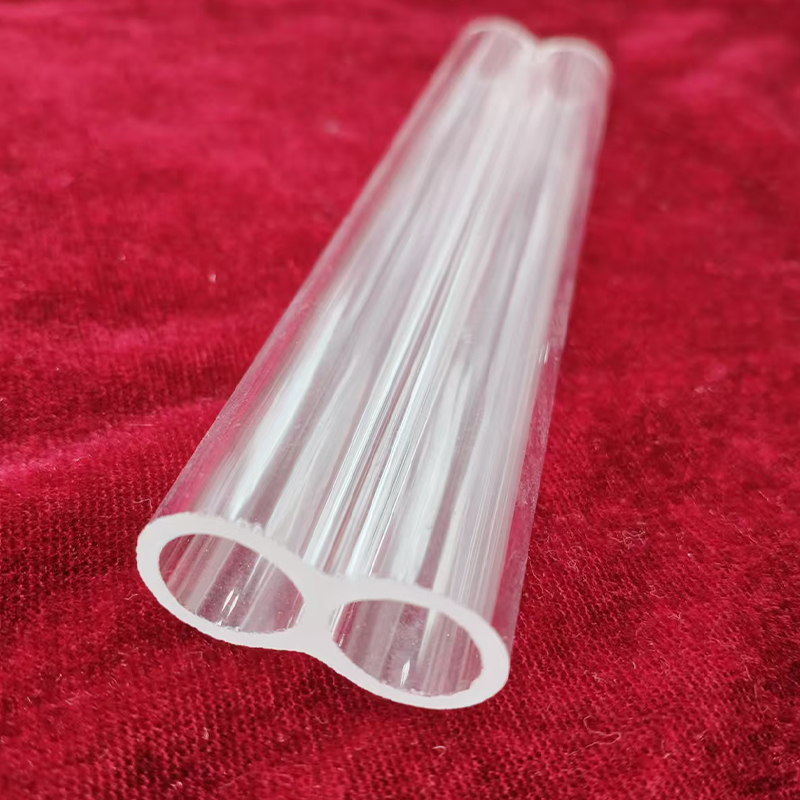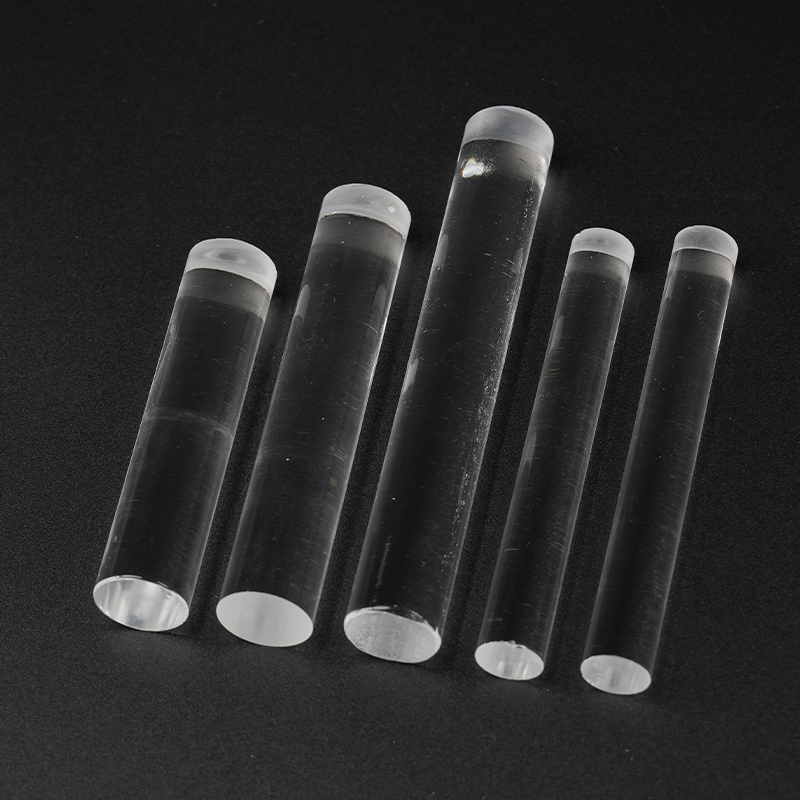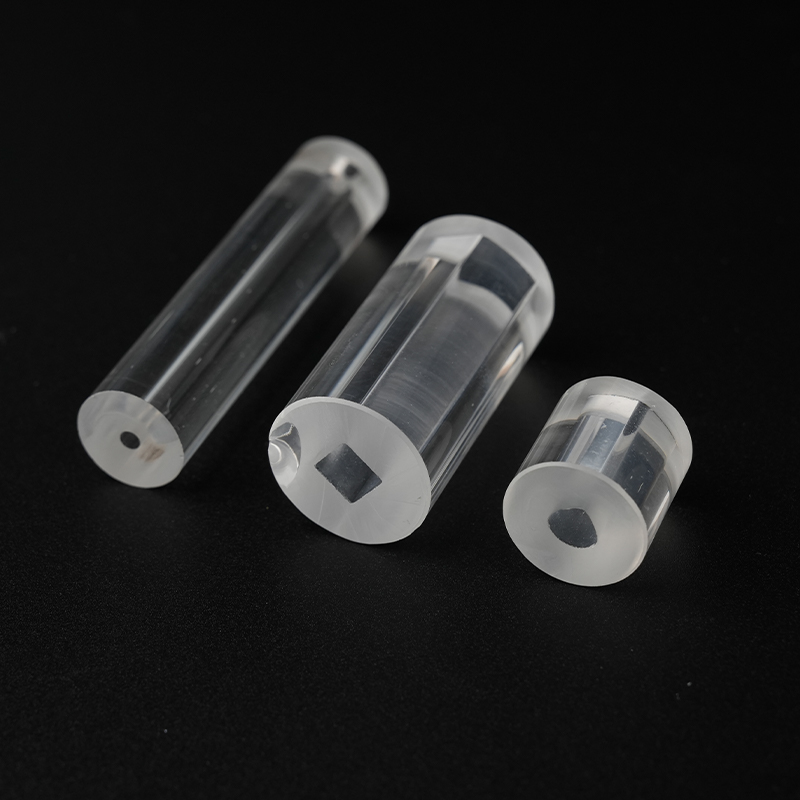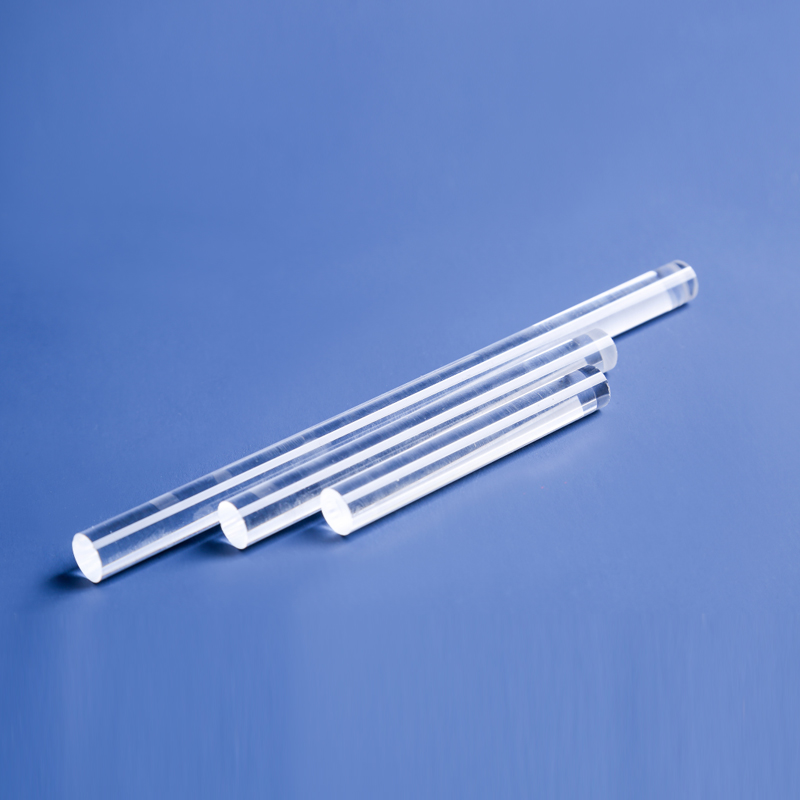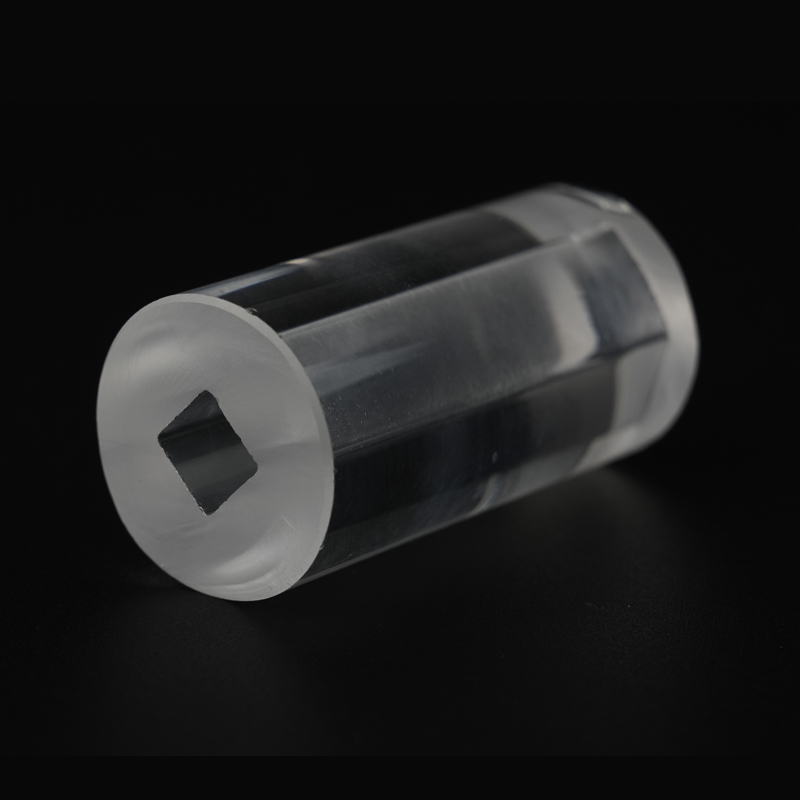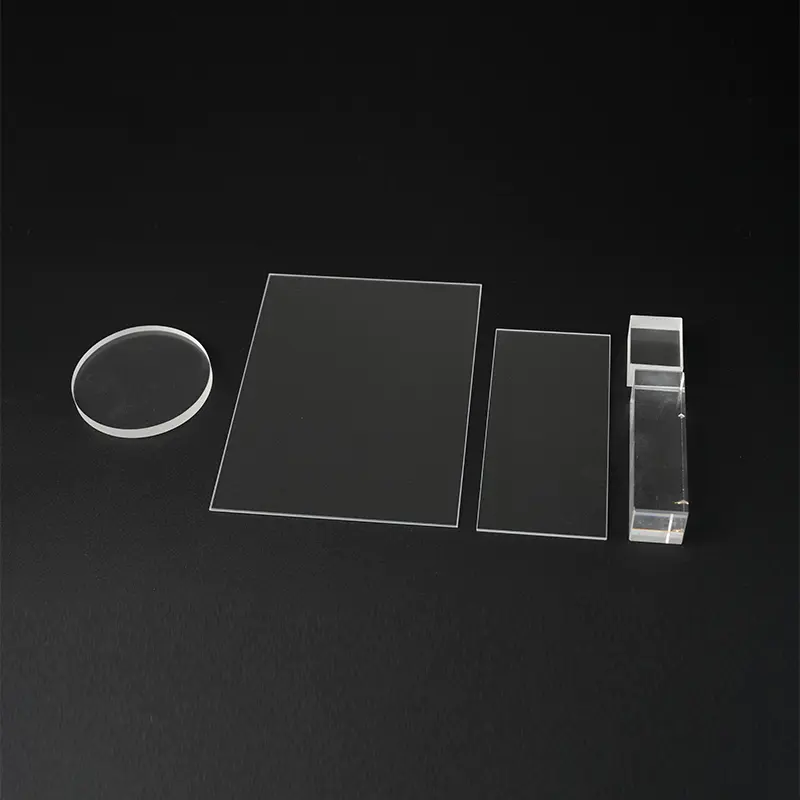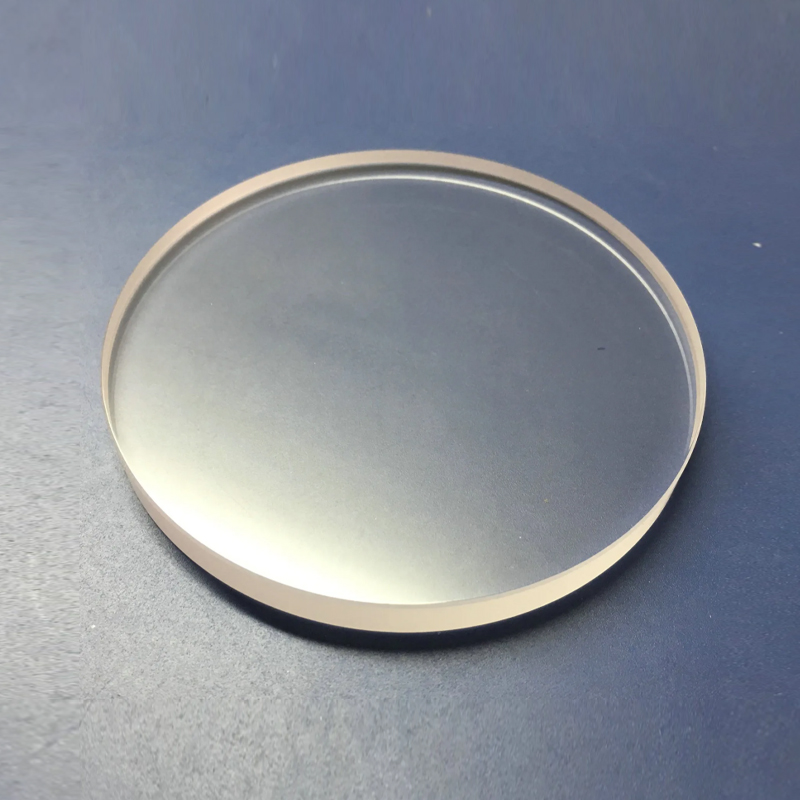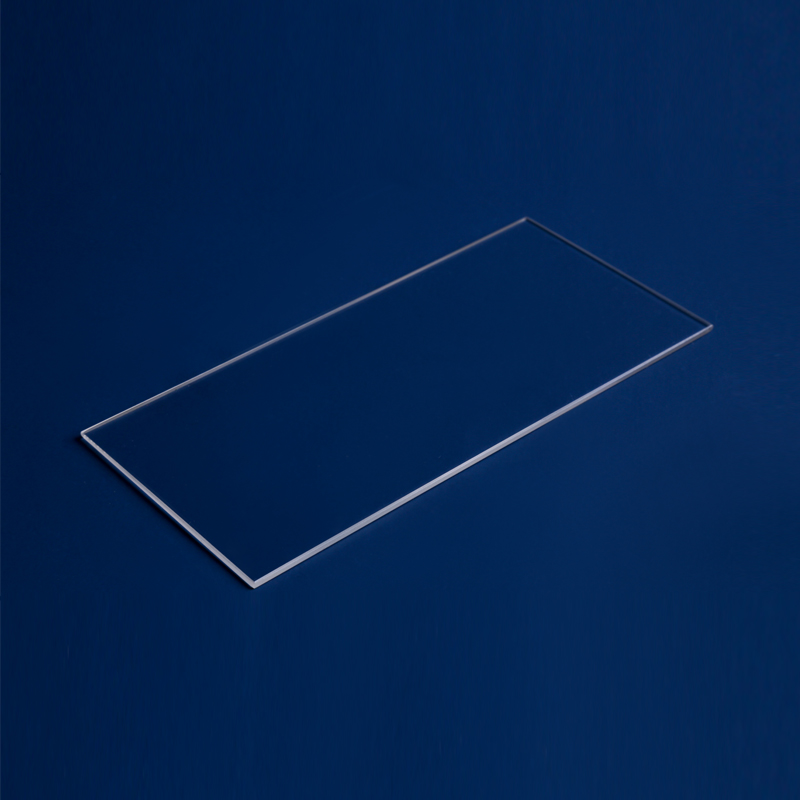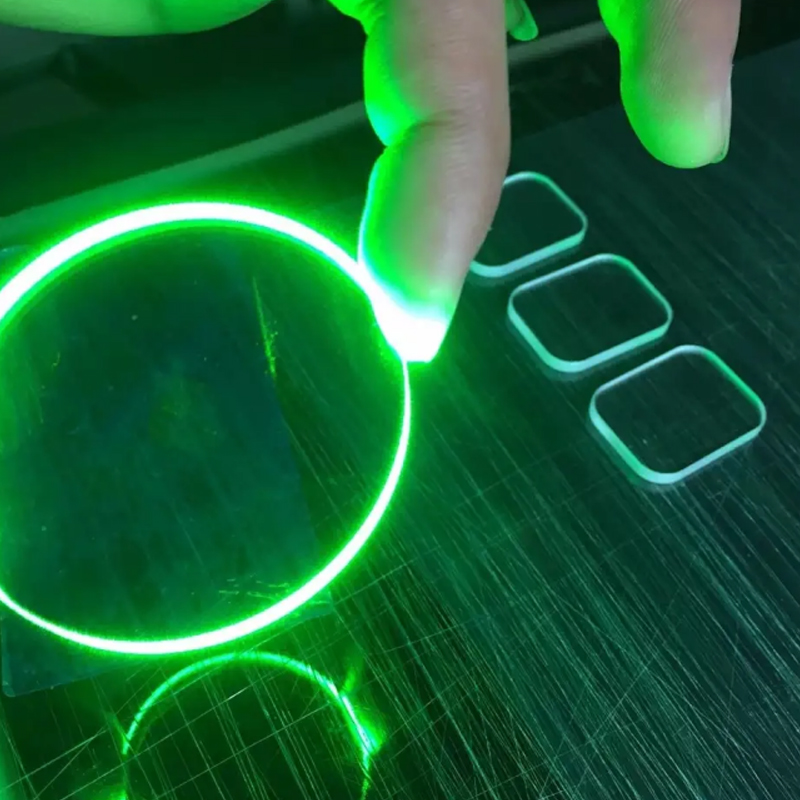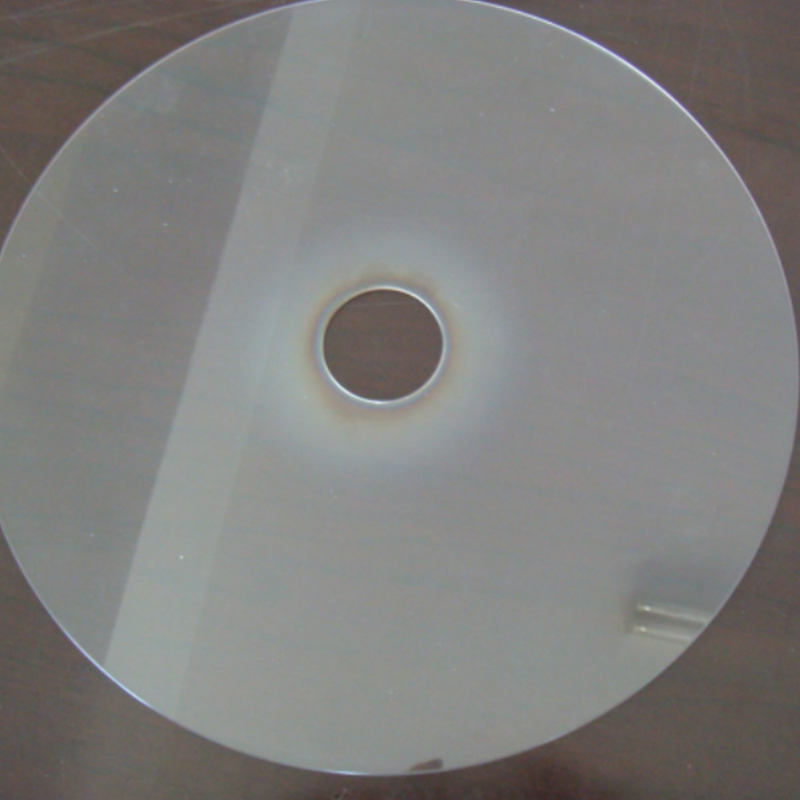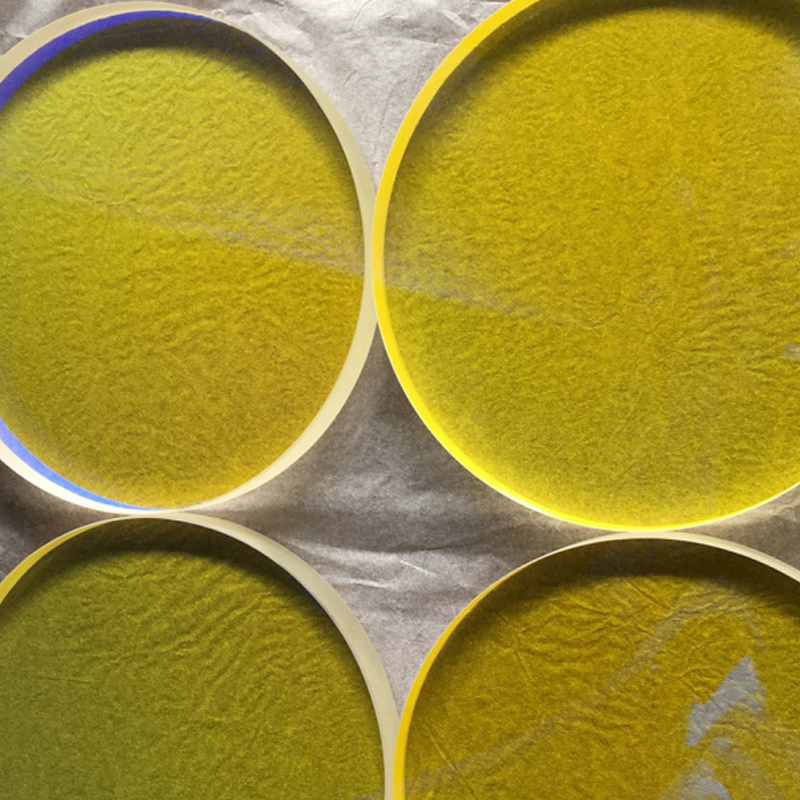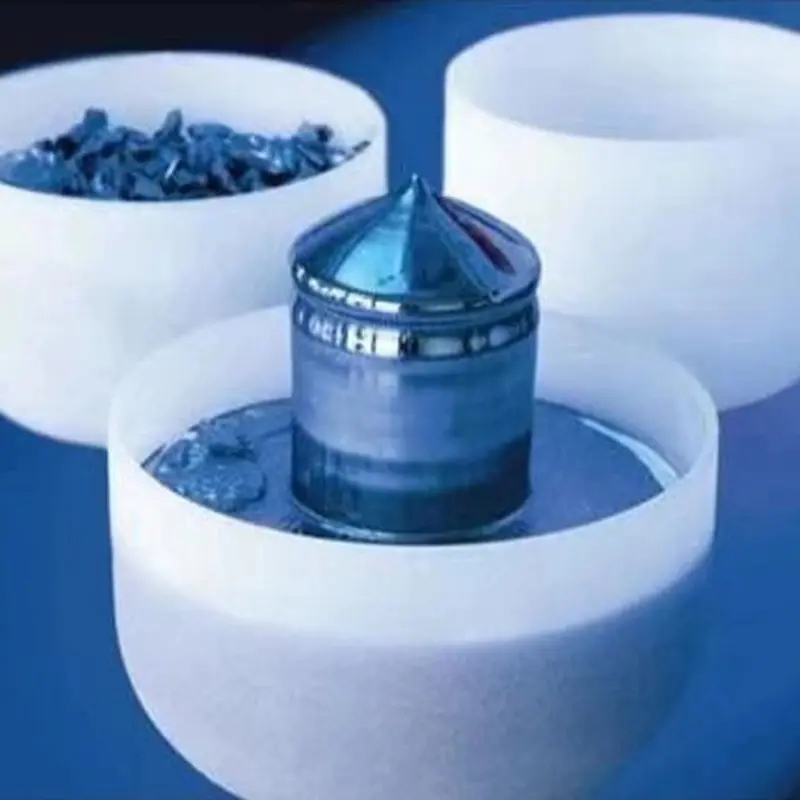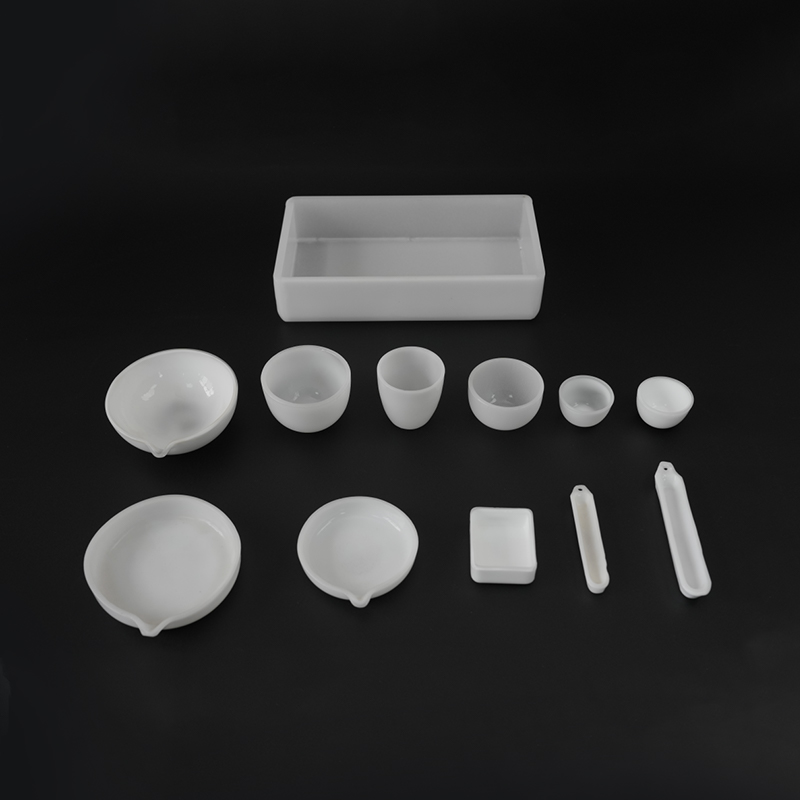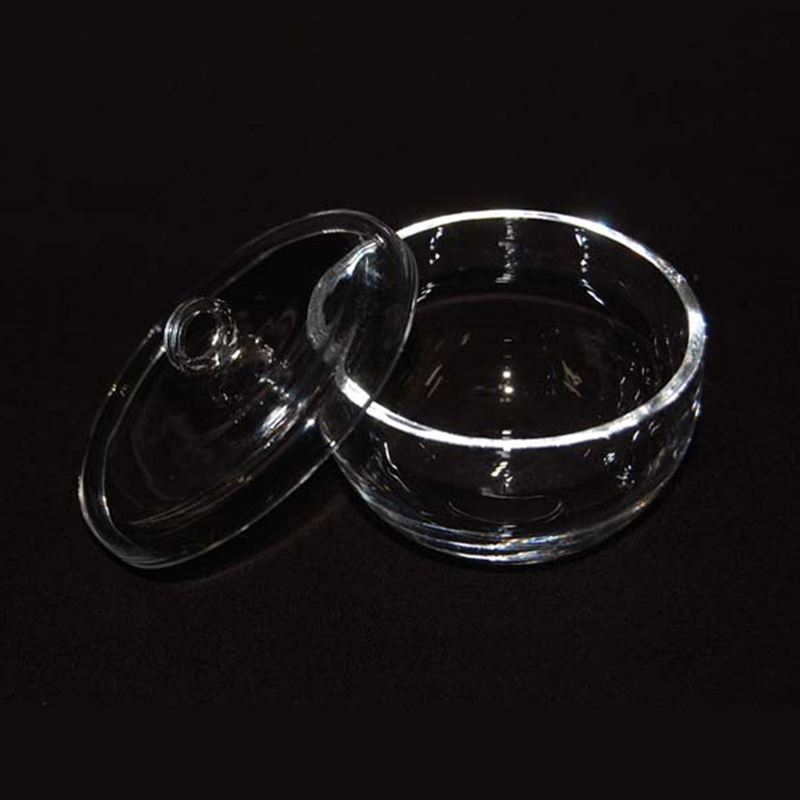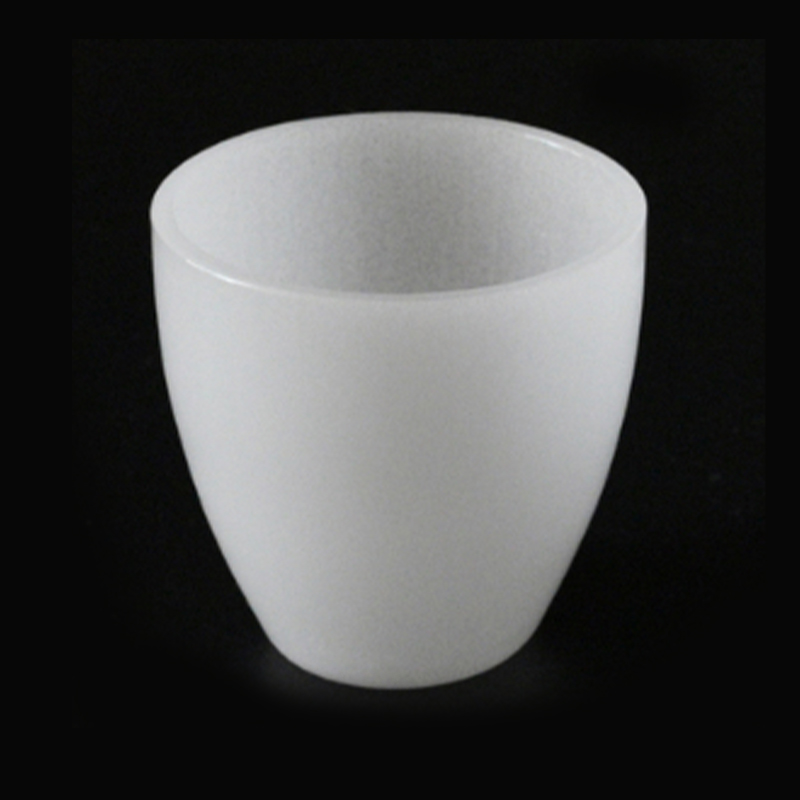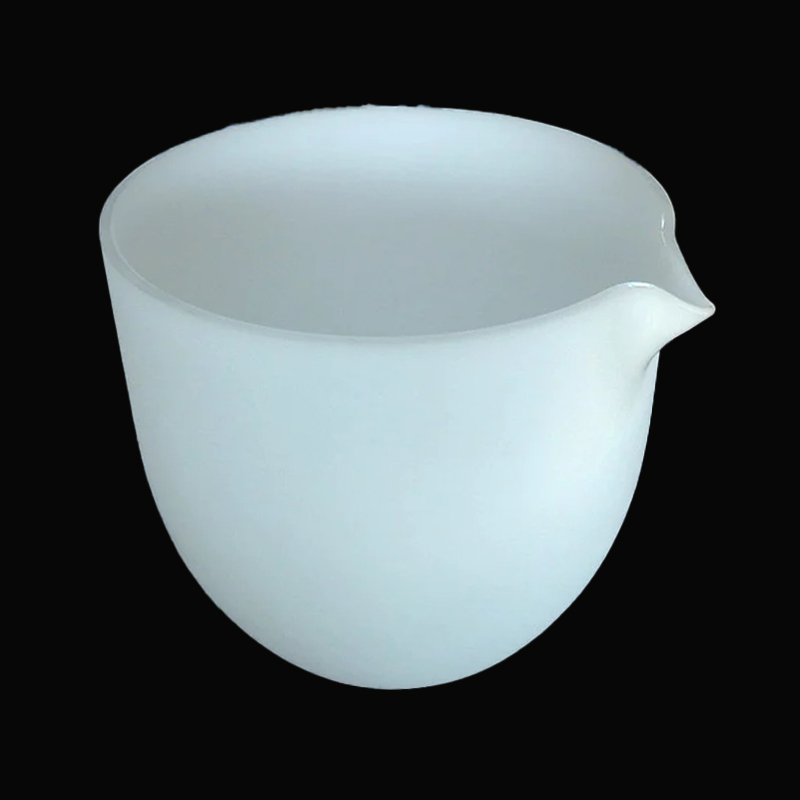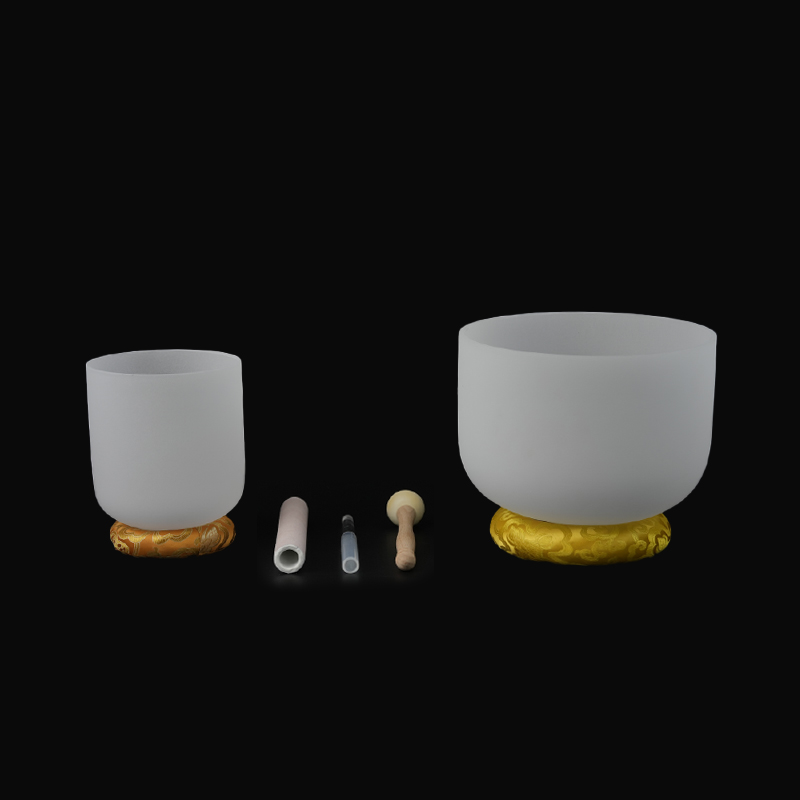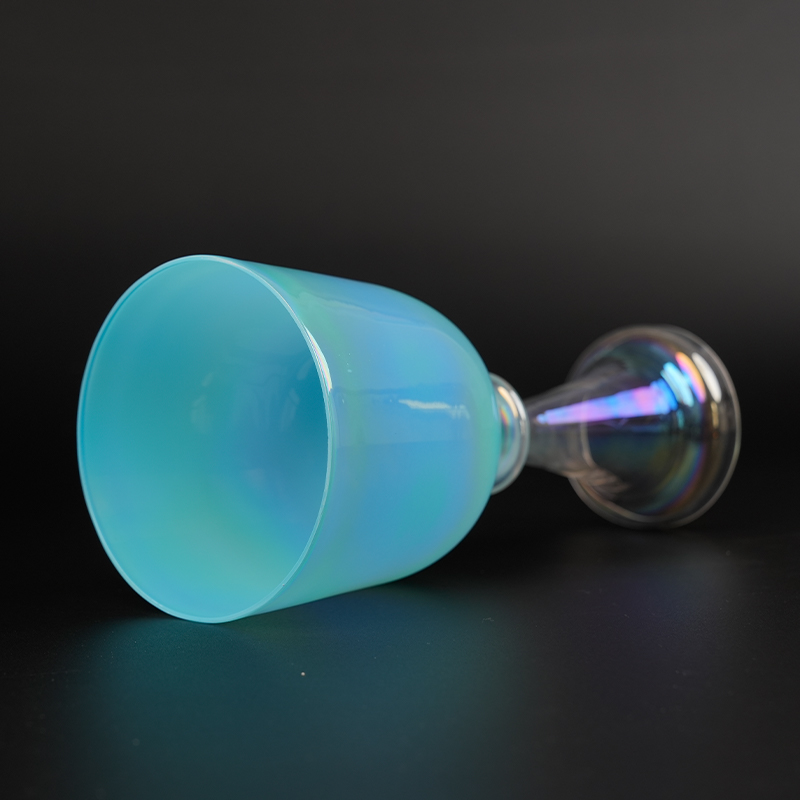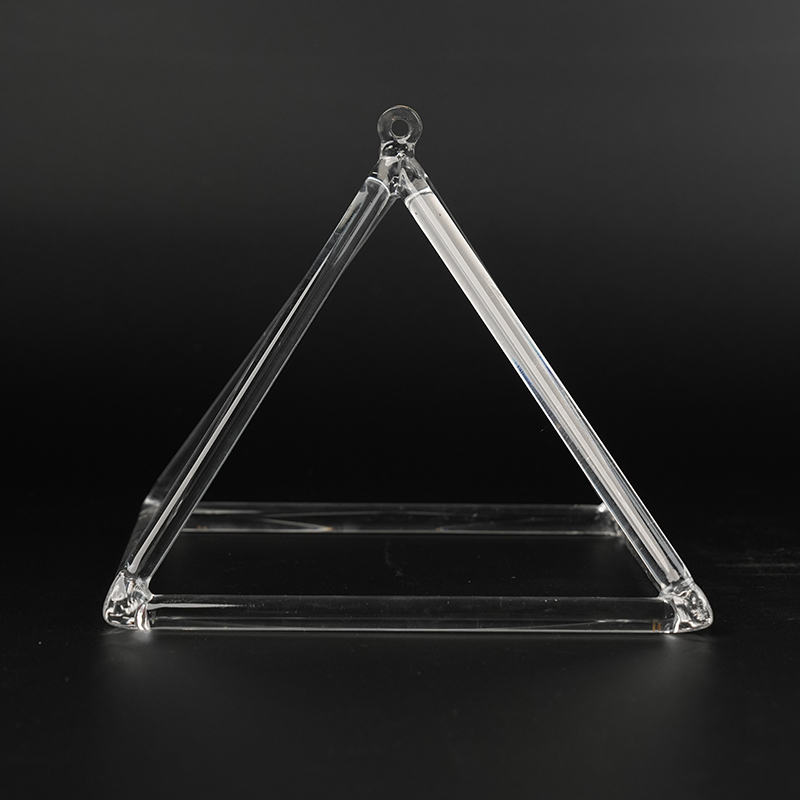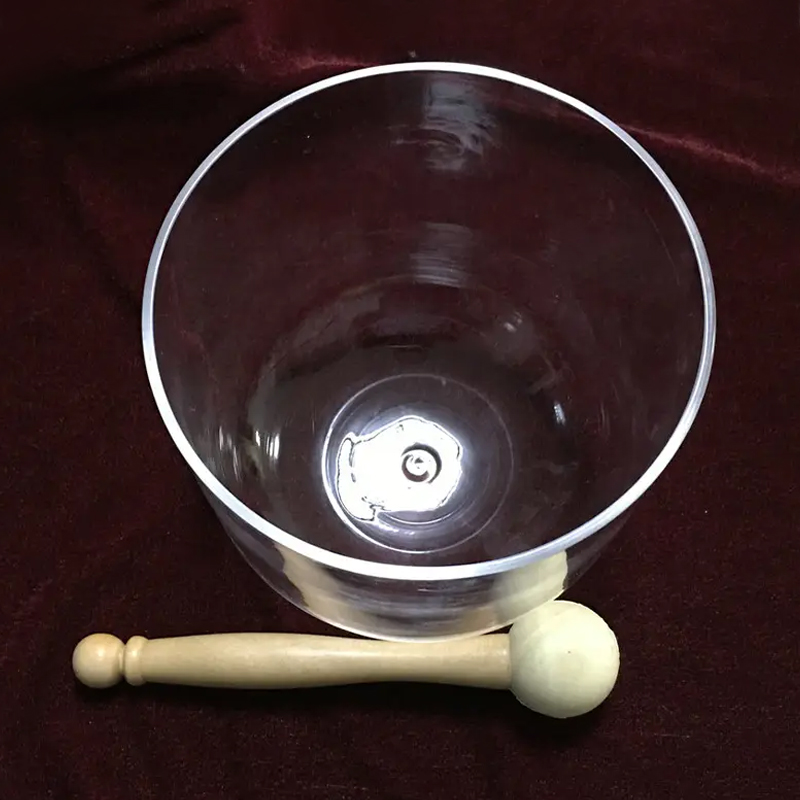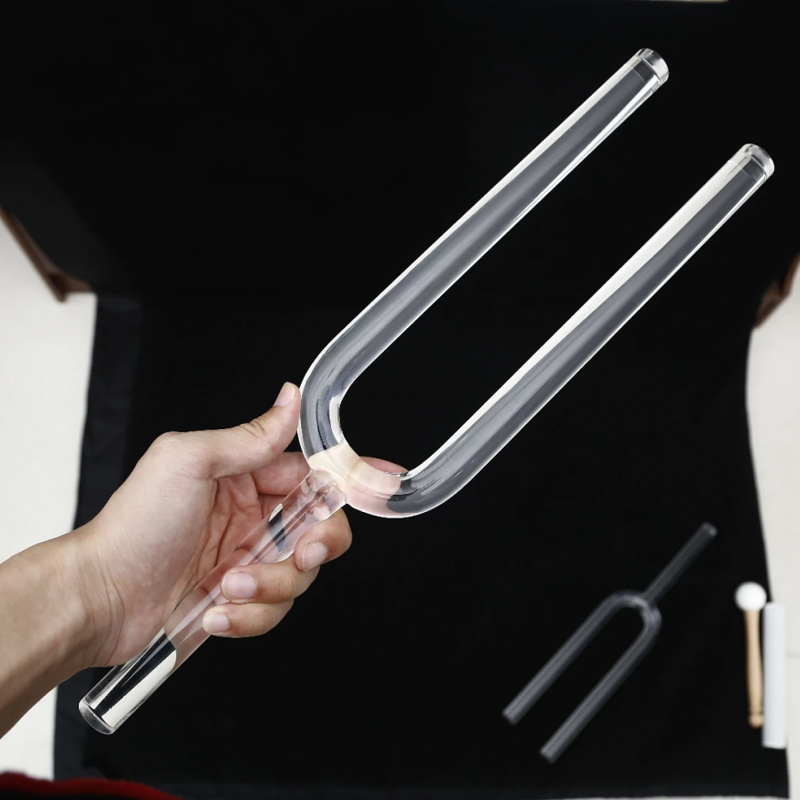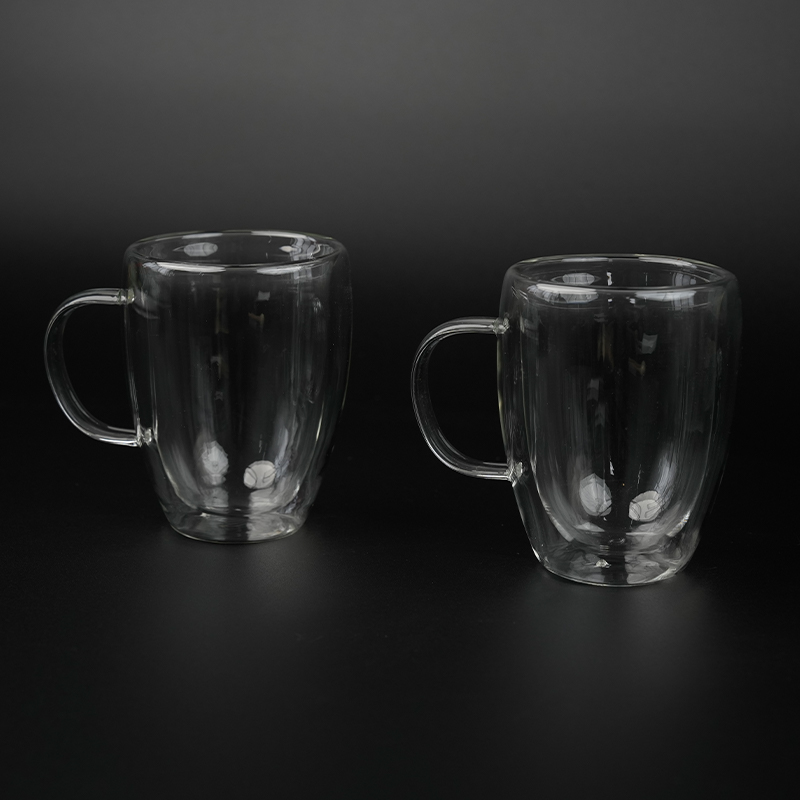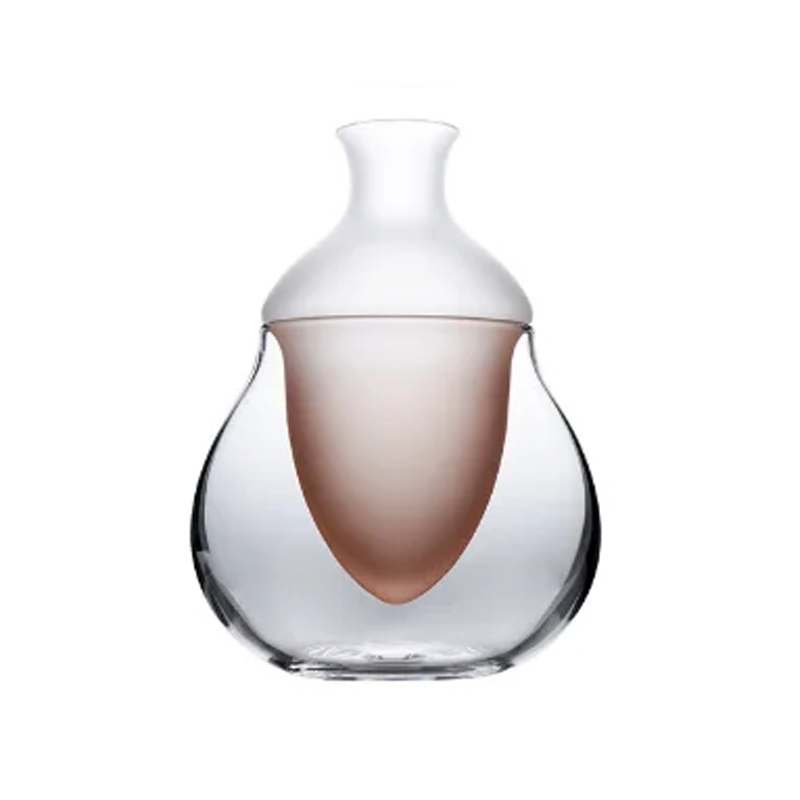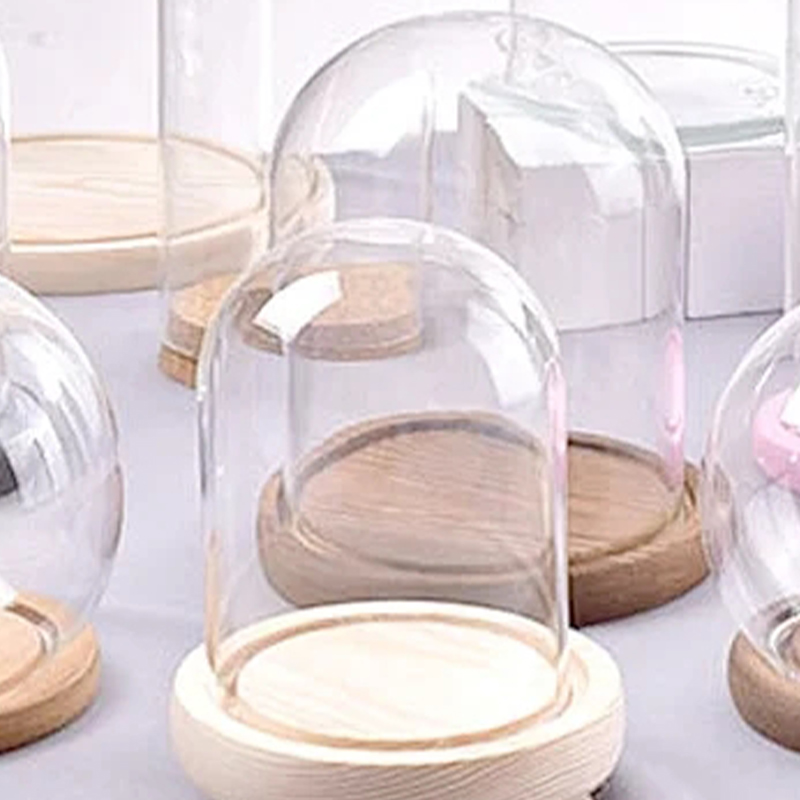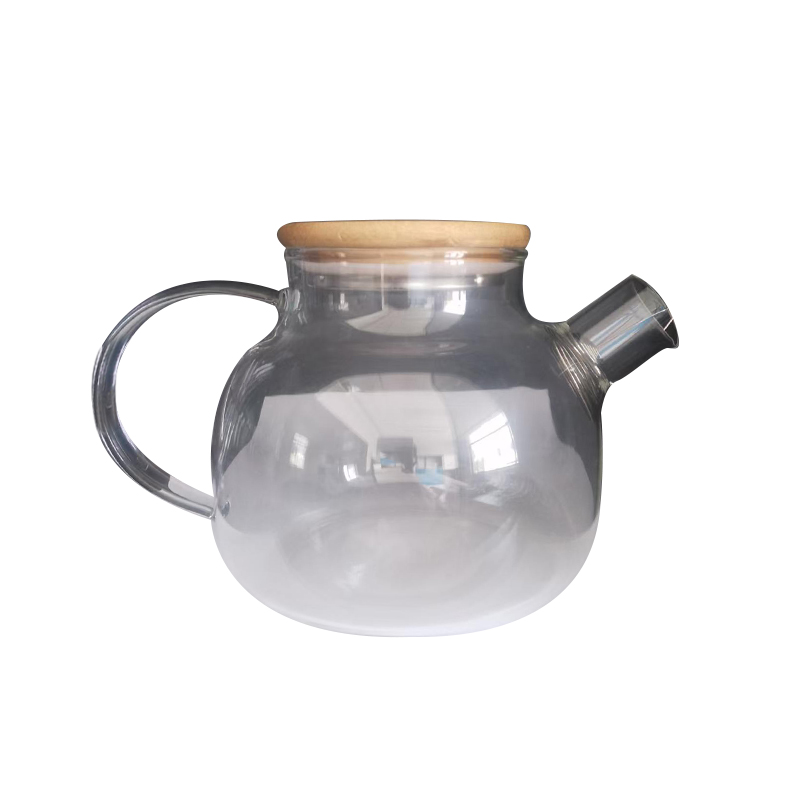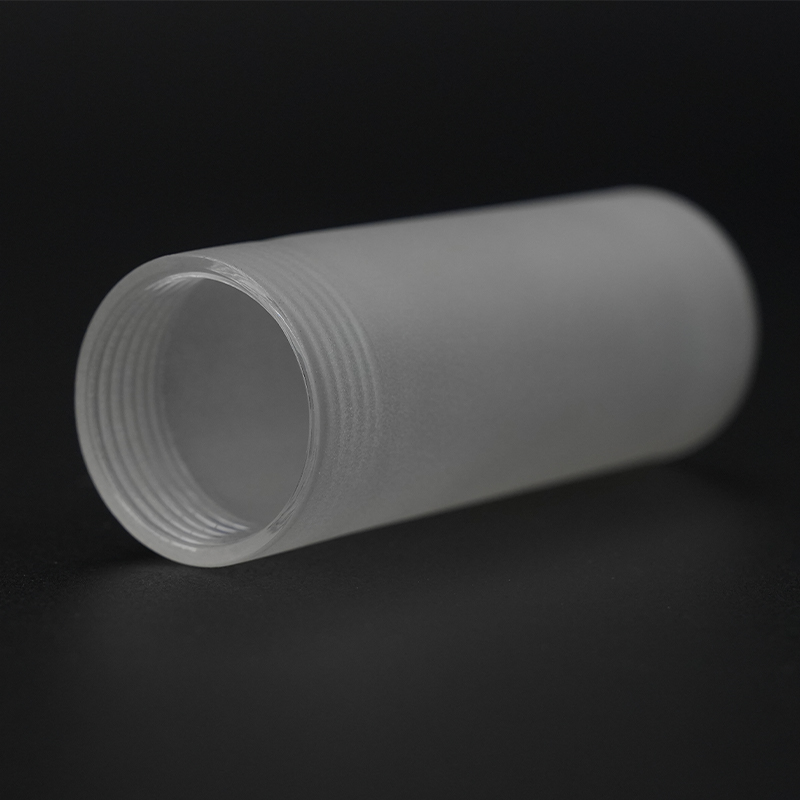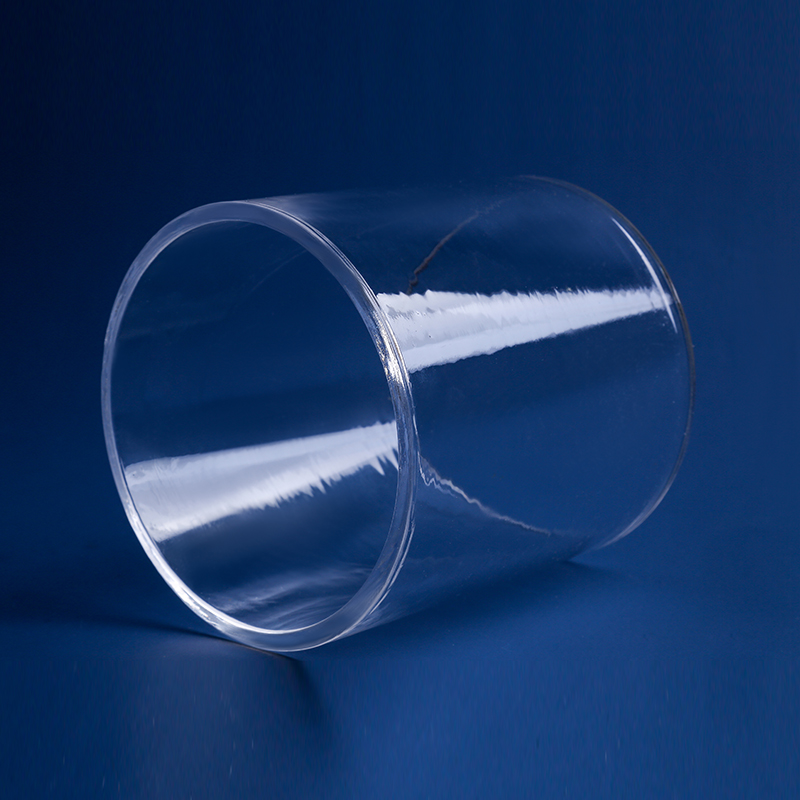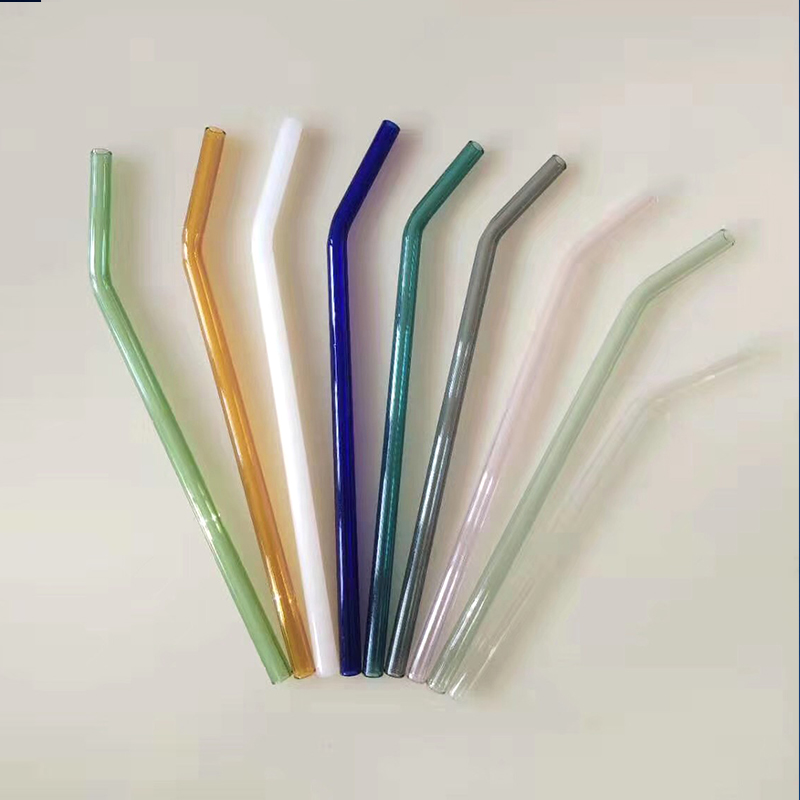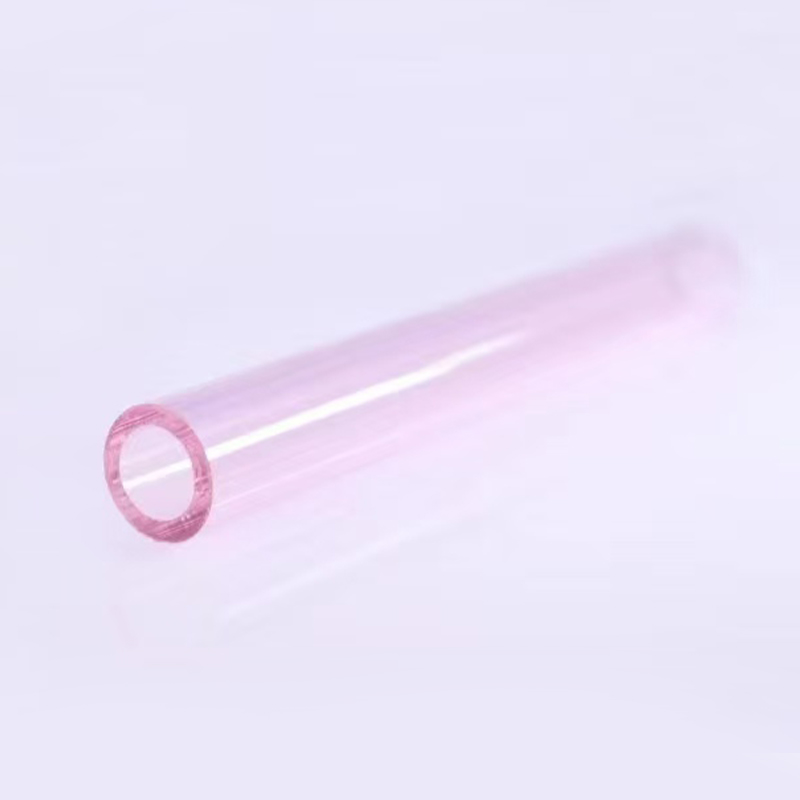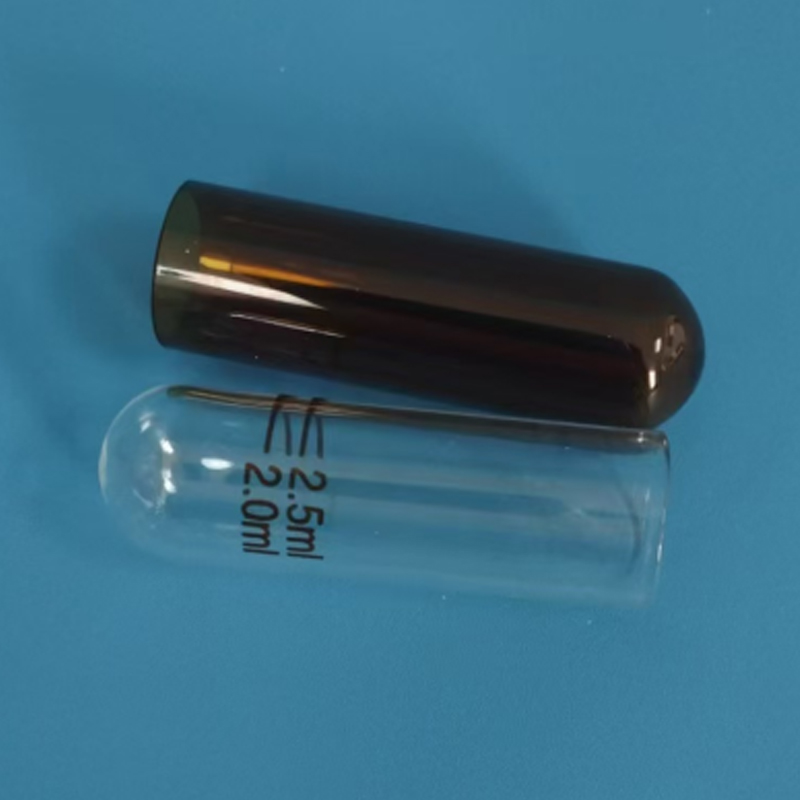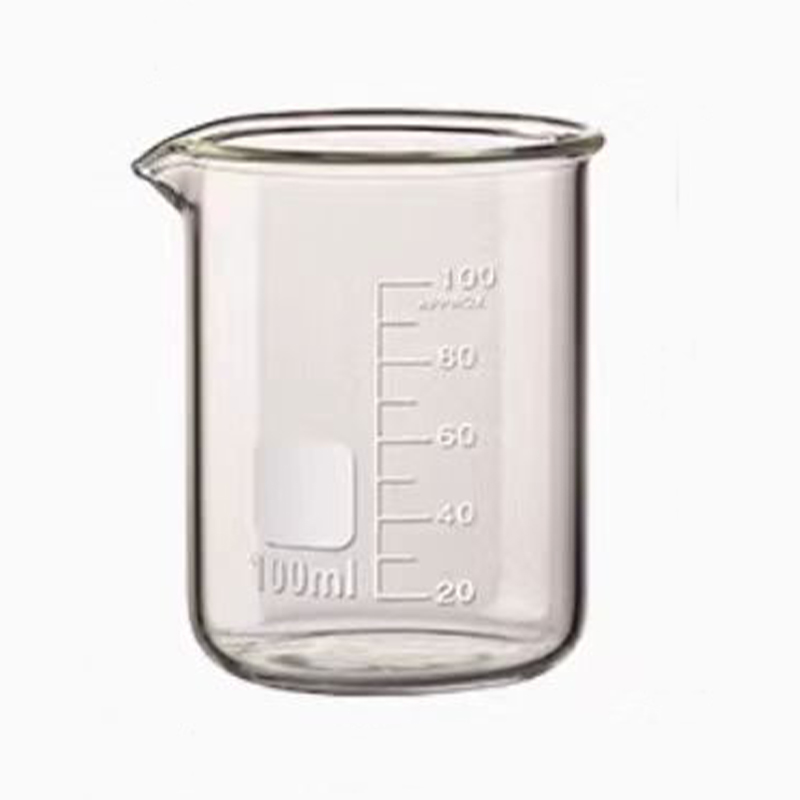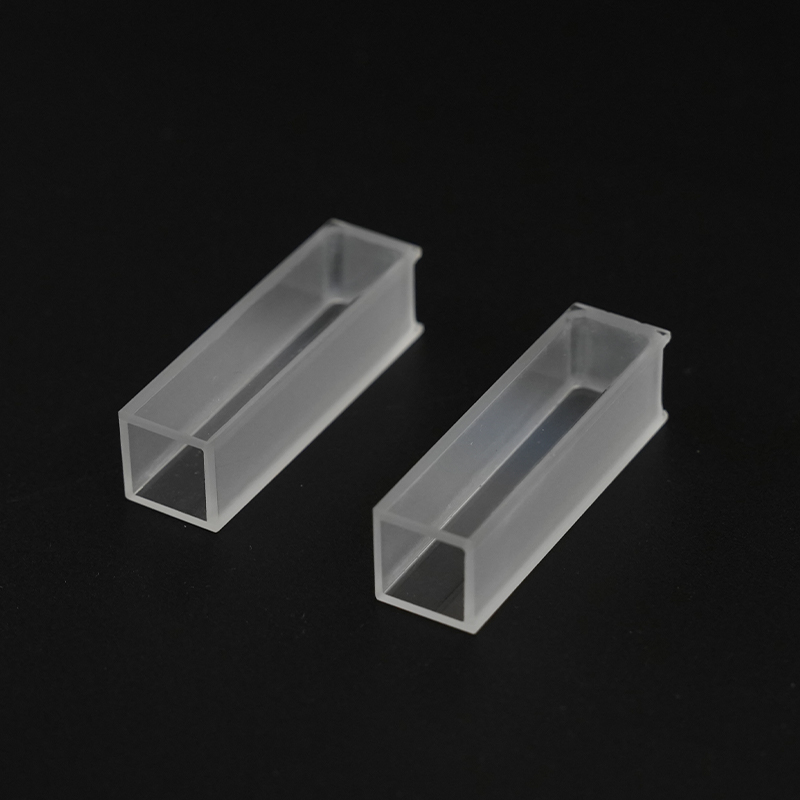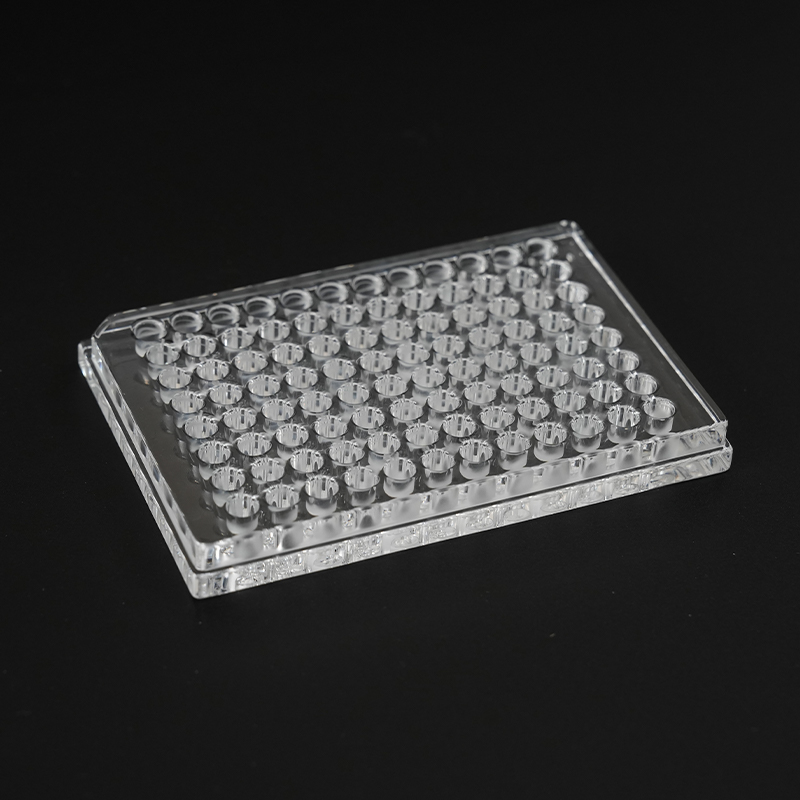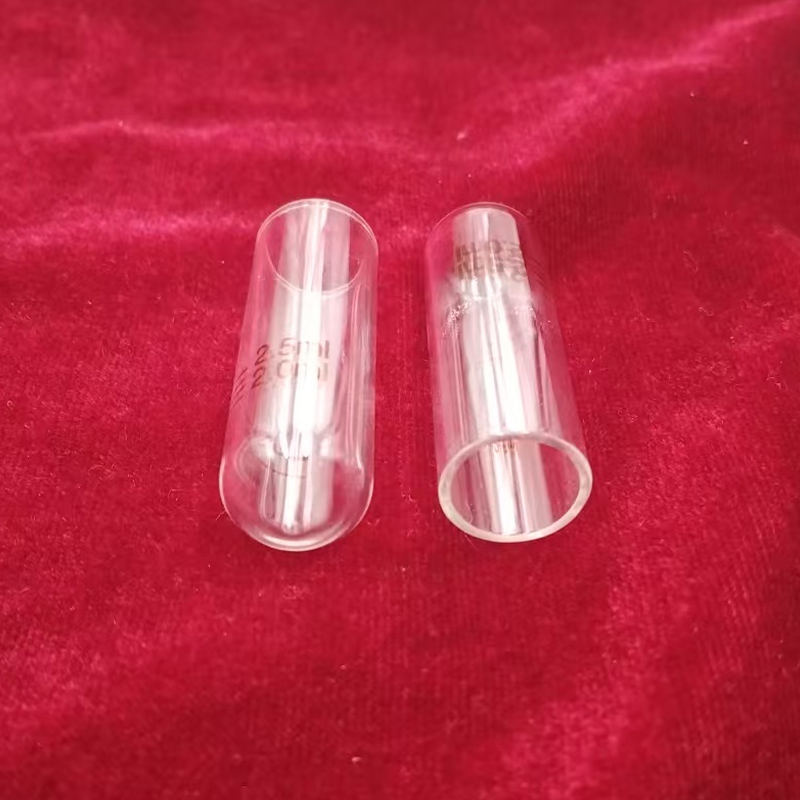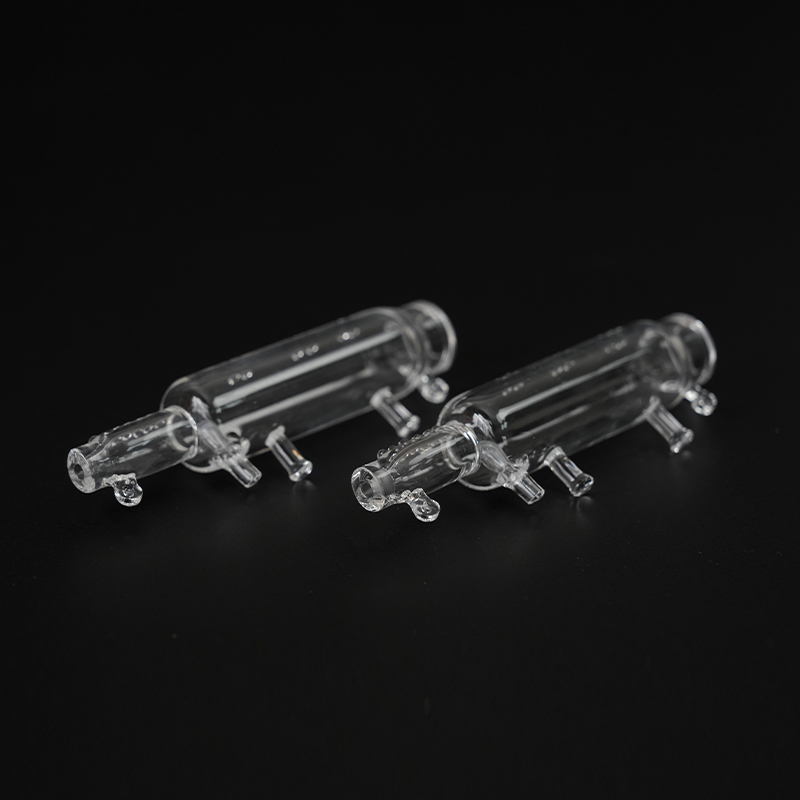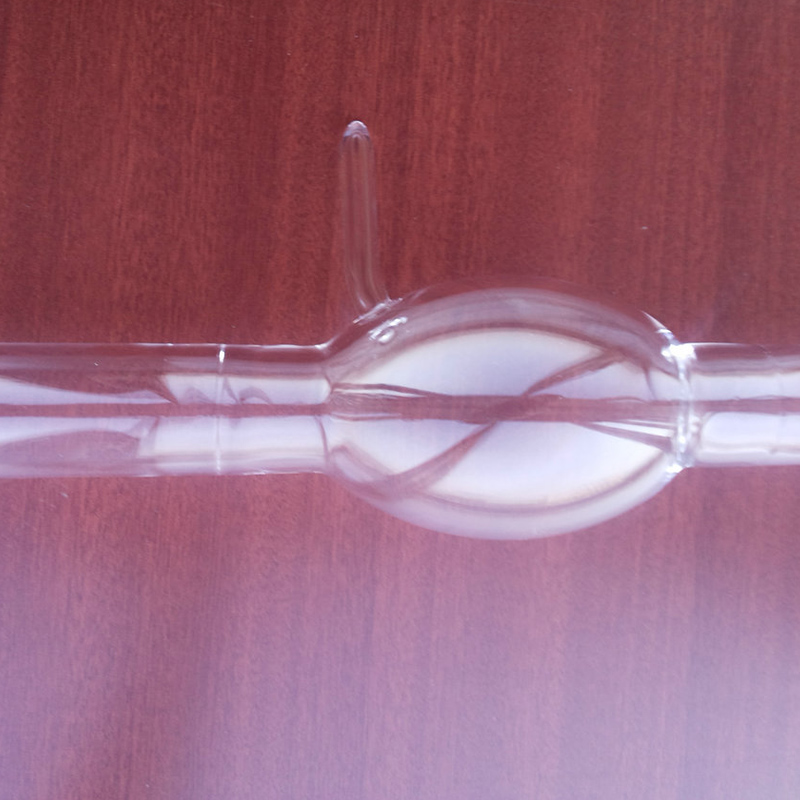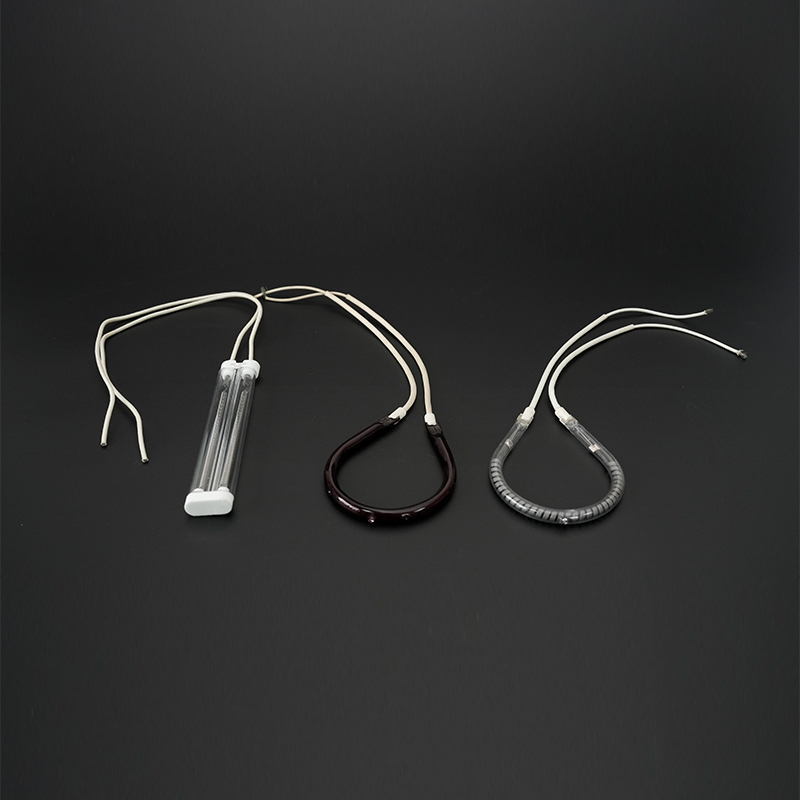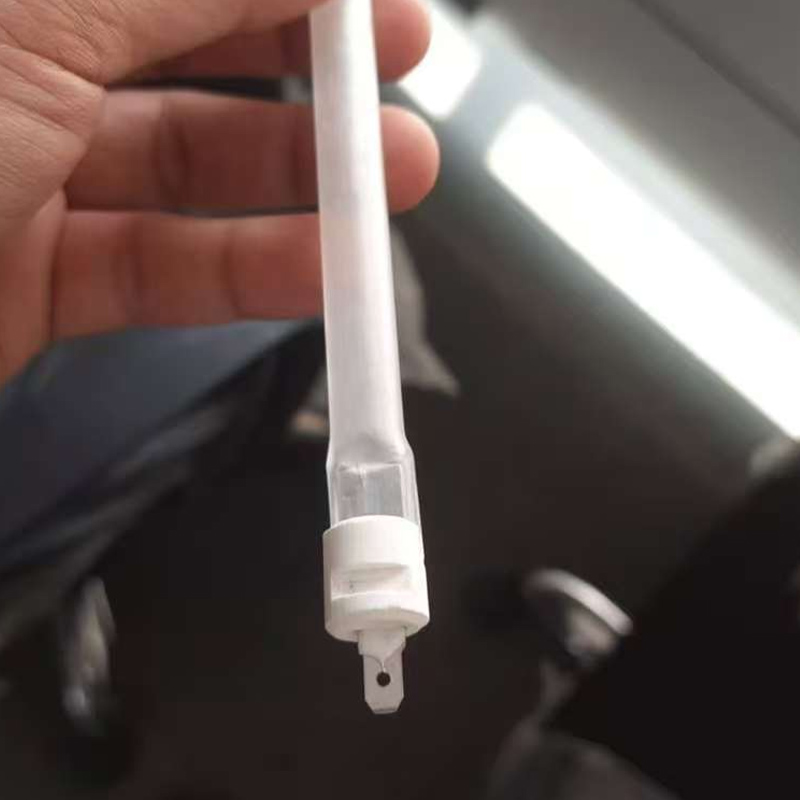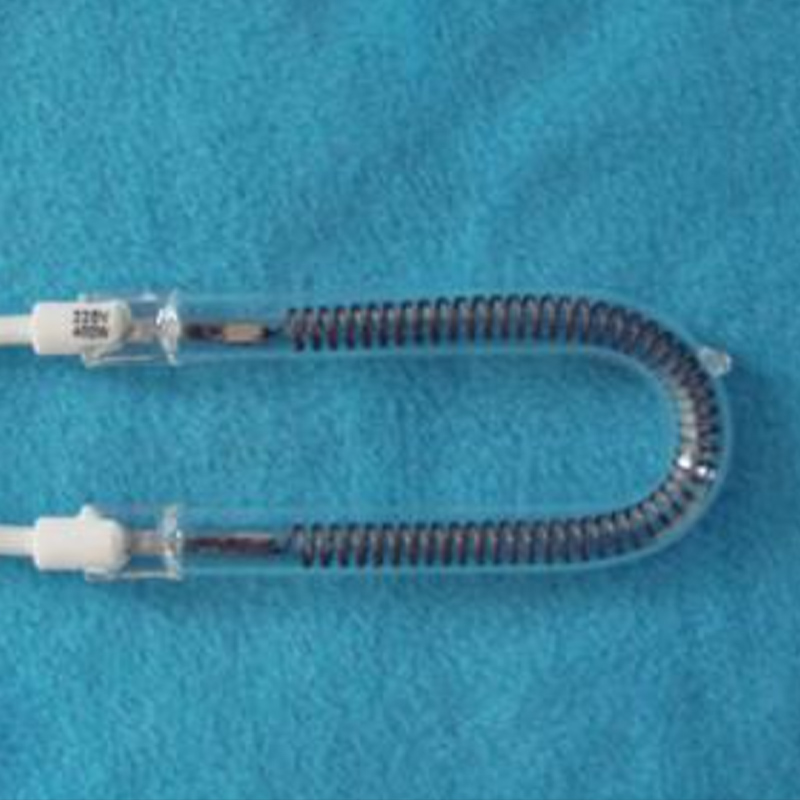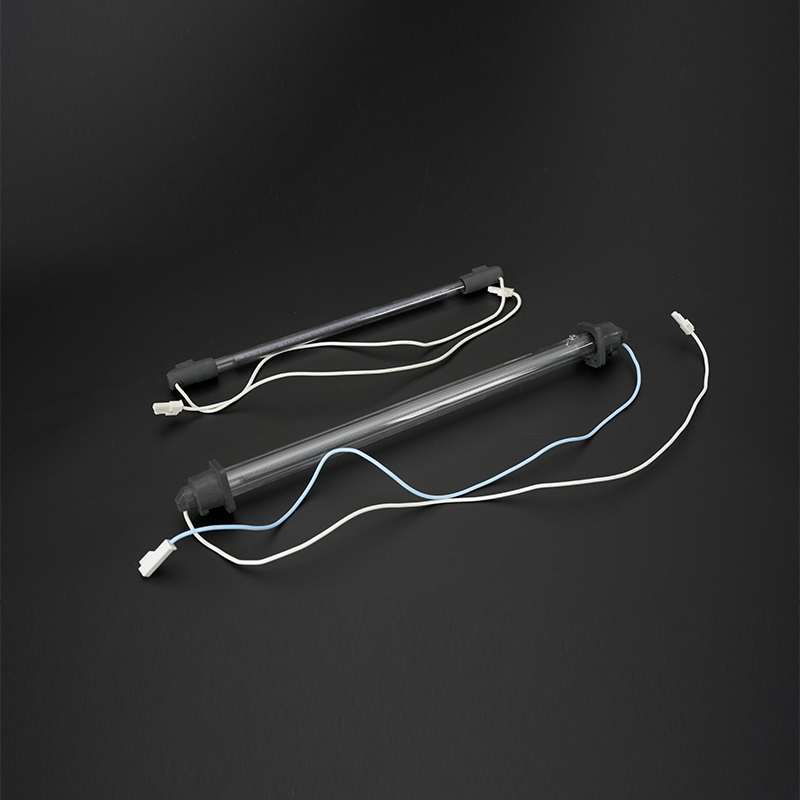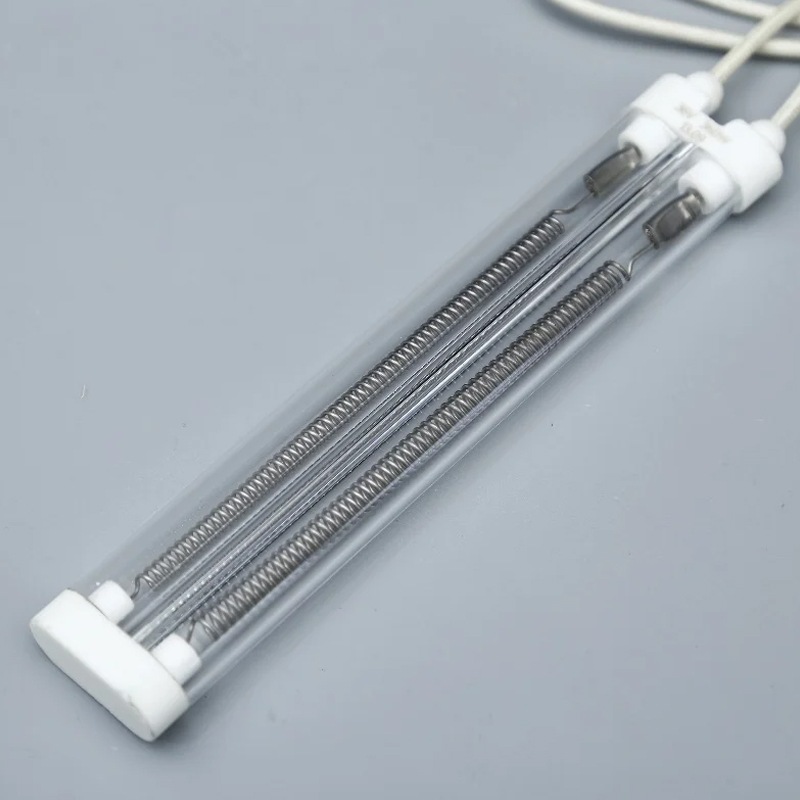If you need any help, please feel free to contact us
What are the core advantages of quartz crucibles compared to ceramic or graphite crucibles?
Quartz crucible is a special high-temperature resistant container made of high-purity silicon dioxide, which plays an irreplaceable role in high-temperature smelting, crystal growth and material purification. As an important functional consumable in modern industry, quartz crucible plays a key role in photovoltaic, semiconductor, optical glass and other industries with its unique physical and chemical properties.
1. Basic characteristics of quartz crucible
Material characteristics
The core raw material of quartz crucible is high-purity silicon dioxide. Its purity is a key indicator to measure the quality and performance of quartz crucible, and has a decisive influence on the stability, chemical inertness and service life of crucible in high temperature environment.
In ordinary industrial fields, such as glass manufacturing, ceramic firing and other industries, the purity requirements for quartz crucibles are relatively loose, but usually they must reach more than 99.9%. Quartz crucibles of this purity level can meet the basic requirements for high-temperature containers in general industrial production processes, such as withstanding a certain high temperature and resisting the erosion of common chemicals.
In these application scenarios, quartz crucibles are mainly used to hold molten glass raw materials, ceramic slurries and other materials. Their purity can ensure that at relatively low temperatures and short heating times, there will be no significant adverse effects on product quality due to the presence of impurities.
However, in high-end technology fields such as semiconductors and photovoltaics, the purity requirements for quartz crucibles have reached an almost demanding level. The purity of silica in ultra-high purity quartz crucibles is extremely high, and the impurity content needs to be strictly controlled at the ppm (parts per million) level. This is because in the semiconductor and photovoltaic industries, the materials processed are extremely sensitive to impurities. Even trace amounts of impurities may cause serious problems such as crystal defects and electrical performance degradation, thereby affecting the performance and yield of the final product.
For example, during the growth of single crystal silicon, the quartz crucible is used as a container for silicon materials. Impurities inside it may diffuse into the silicon crystal, affecting the purity and electrical properties of the silicon crystal, and thus affecting the conversion efficiency of solar cells and the performance of semiconductor devices. Therefore, in order to meet the needs of these high-end industries, ultra-high purity quartz crucibles are strictly controlled in terms of raw material selection, production process control, and quality inspection to ensure that their purity reaches extremely high standards.
Physical form
Quartz crucibles are transparent or translucent in appearance, and this unique optical property is closely related to its internal microstructure. High-purity quartz crucibles usually have high transparency because they have very few internal impurities and a relatively complete crystal structure, and the light is less scattered and absorbed when it propagates inside.
This high-transparency quartz crucible is not only beautiful in appearance, but also can provide a clear field of view in some experiments and productions that require observation of the state of molten materials or reaction processes, which is convenient for operators to monitor in real time.
On the contrary, if the quartz crucible contains trace bubbles or other impurities, the light will encounter more scattering interfaces during propagation, causing the light to scatter and reflect, making the crucible translucent or opaque. The presence of bubbles not only affects the transparency of the crucible, but may also have an adverse effect on the strength and stability of the crucible at high temperatures. For example, during high-temperature heating, bubbles may expand or burst, causing cracks or damage on the crucible surface, thus affecting its service life and safety.
Surface treatment
Modern quartz crucibles are often treated with special coatings on the inner wall. The most common coating material is silicon nitride, which can effectively prevent the molten material from adhering to the inner wall of the crucible, and can also extend the service life of the crucible to a certain extent. The uniformity and adhesion of the coating are important indicators of the quality of the crucible.
2. Performance advantages of quartz crucibles
Excellent heat resistance
Quartz crucibles perform excellently in high-temperature working environments. Its unique silicon dioxide molecular structure gives it excellent high-temperature stability and can maintain structural integrity under continuous high-temperature conditions. This heat resistance is due to the special silicon-oxygen bond bonding mode of quartz materials, which has high bond energy and stable structure.
In practical applications, quartz crucibles can withstand the high-temperature environment required for melting metals or crystal growth for a long time without softening and deformation, which is significantly better than ordinary ceramic products. It is worth noting that the high temperature stability of quartz crucible is not only reflected in the static temperature resistance, but also in the dynamic temperature change process. It can maintain good mechanical properties, which is difficult for many other materials to achieve.
Excellent chemical stability
The chemical inertness of quartz crucible is extremely outstanding. In common smelting environments, it shows excellent corrosion resistance to most chemicals. Especially in acidic media, quartz crucibles hardly react with common inorganic acids, which ensures the purity of the smelting process. Of course, it should be pointed out that quartz materials are more sensitive to a few strong acids such as hydrofluoric acid and hot phosphoric acid, and are also easily corroded in strong alkaline environments.
This selective chemical stability makes quartz crucibles an irreplaceable choice in fields such as semiconductors and photovoltaics that require extremely high purity. In actual use, this chemical inertness not only ensures process stability, but also avoids the risk of melt contamination.
Good thermal properties
The thermal physical properties of quartz materials are quite unique. Its thermal expansion coefficient is extremely low, which means that the size of the quartz crucible changes very little during the temperature rise and fall process. This feature brings two significant advantages: first, it can maintain good dimensional stability during temperature cycling; second, it reduces the risk of structural damage caused by thermal stress.
Although quartz crucibles have a certain ability to resist thermal shock, users still need to be careful to avoid drastic temperature changes, because rapid thermal shock may still cause microcracks. In actual operation, it is recommended to adopt a gradual heating and cooling program, which can maximize the thermal performance advantages of quartz crucibles and extend their service life.
Purity guarantee
High purity is one of the most proud features of quartz crucibles. Quartz crucibles manufactured using advanced purification processes can have extremely low impurity levels. This purity advantage is important for processes such as semiconductor single crystal growth that require extremely high material purity.
The purity guarantee of quartz crucibles is mainly reflected in three aspects: first, the raw materials are strictly screened and purified; second, the manufacturing process is carried out in a clean environment; and finally, the finished product undergoes multiple purity tests. This comprehensive quality control ensures that the quartz crucible will not become a source of contamination during use.
The purity requirements for different application fields also vary. High-end semiconductor applications usually require the highest purity quartz crucibles, while some industrial applications can appropriately relax the standards.
| Performance advantages | Description |
| Excellent heat resistance | Quartz crucibles perform well in high-temperature working environments, and their unique silicon dioxide molecular structure gives them excellent high-temperature stability. They can maintain structural integrity under continuous high-temperature conditions and maintain good mechanical properties during dynamic temperature changes. |
| Excellent chemical stability | Quartz crucibles are extremely chemically inert and show excellent corrosion resistance to most chemicals in common smelting environments, especially in acidic media, where they hardly react with inorganic acids. However, they are more sensitive to a few strong acids such as hydrofluoric acid and hot phosphoric acid. |
| Good thermal properties | The thermal expansion coefficient of quartz material is extremely low, which makes its size change very little during the heating and cooling process, and has good dimensional stability and resistance to thermal stress. However, drastic temperature changes must be avoided to prevent the generation of microcracks. |
| Purity guaranteed | Quartz crucibles manufactured using advanced purification processes have extremely low impurity content and are suitable for processes such as semiconductor single crystal growth that require extremely high material purity. Its purity advantage is reflected in the selection of raw materials, clean environment manufacturing, and multiple testing. |
3. Overview of Manufacturing Process
The manufacturing of quartz crucibles is a precise and complex process involving multiple key process links. The first is the raw material preparation stage. The manufacture of high-quality quartz crucibles must start with strict raw material screening. High-quality quartz ore needs to go through multiple physical screening processes such as particle size classification, magnetic separation and iron removal, and flotation purification.
Then deep chemical purification treatment is carried out, including acid washing process, high-temperature chlorination and ultrapure water cleaning, to ensure that the purity of the raw materials reaches more than 99.99%. The purified raw materials need to pass multiple quality control procedures such as ICP-MS detection, laser particle size analysis and moisture content testing to lay the foundation for subsequent processing.
Melting molding is the core link in the manufacturing process. At present, the two main process routes are arc method and melting method. Arc method production is carried out in a high vacuum environment, using a high-purity graphite electrode system, and the quartz sand is melted by precisely controlling the arc energy, and then the computer-controlled centrifugal system is used to achieve uniform molding.
This process requires real-time monitoring of the temperature field distribution to ensure the stability of the molten state. The melting method uses a special furnace with multi-temperature zone control, melts under a protective atmosphere, uses a high-precision graphite mold to form, and finally eliminates internal stress through a gradient cooling annealing process. The two processes have their own advantages and are suitable for the production of crucibles of different specifications and uses.
The formed crucible blank needs to go through a series of precision machining and surface treatment processes. Machining includes CNC precision trimming, inner surface polishing and edge treatment to ensure dimensional accuracy and surface quality. Surface coating technology is particularly critical, and advanced processes such as plasma spraying or CVD chemical vapor deposition are used to form a uniform and dense silicon nitride protective layer on the inner wall of the crucible.
Special processes such as ultrasonic cleaning, surface activation treatment and anti-static treatment are required to further improve product performance. These fine processing steps are directly related to the service life and process stability of the crucible.
In order to ensure product quality, a complete quality inspection system has been established. Dimension detection uses technologies such as three-dimensional laser scanning, high-precision roundness testing and ultrasonic thickness measurement to achieve full-size digital control.
Performance tests include high-temperature deformation tests, thermal shock tests and purity analysis to simulate actual use conditions to verify product reliability. The non-destructive testing link uses technologies such as X-ray flaw detection, ultrasonic testing and optical automatic sorting to ensure that the product has no internal defects. Each testing link has strict quality standards, and unqualified products will be isolated and processed immediately.
4. Main application areas
Photovoltaic industry application:
In the photovoltaic industry chain, quartz crucibles play a key role, especially in the growth of single crystal silicon. When using the Czochralski method to produce single crystal silicon, the quartz crucible, as a molten silicon container, needs to withstand a high temperature environment of more than 1600°C. The particularity of photovoltaic-grade quartz crucibles is that: first, its inner wall usually needs to be coated with silicon nitride coating, which can prevent the silicon melt from sticking to the crucible wall and effectively control the penetration of oxygen content; secondly, due to the extreme purity requirements of single crystal silicon growth, the crucible must be made of ultra-high purity quartz sand, and the metal impurity content must be controlled at the ppb level.
It is worth noting that under continuous high-temperature working conditions, the quartz crucible will gradually crystallize and form a quartz phase, which will significantly reduce the mechanical strength of the crucible. Therefore, photovoltaic crucibles are usually designed as disposable products, and a new crucible needs to be replaced for each furnace of single crystal silicon growth.
Semiconductor manufacturing applications:
The semiconductor industry has put forward more stringent technical requirements for quartz crucibles. In the preparation process of silicon single crystals for integrated circuits, quartz crucibles must not only ensure extremely high purity, but also have excellent thermal stability and dimensional accuracy.
The special features of semiconductor-grade crucibles are: first, the preparation by arc method needs to be carried out under the protection of ultra-high purity argon to avoid any possible contamination; second, the inner surface treatment process is more sophisticated, and the coating thickness needs to be controlled at micron level accuracy; third, there are strict requirements for the thermal history of the crucible, and it must be ensured that no volatile substances will be released at high temperatures.
With the continuous reduction in the size of semiconductor devices, the quality requirements for quartz crucibles continue to increase, especially in reducing micro defects and controlling oxygen content. New challenges have been posed.
Application of special materials preparation:
In the field of special materials, quartz crucibles show unique application value. In precious metal smelting, such as the purification of platinum group metals, the chemical inertness of quartz crucibles can ensure that the metals are not contaminated; in the manufacture of special glass, such as optical glass and laser glass, the high purity of quartz crucibles ensures the light transmittance of glass; in the growth process of laser crystals, such as YAG, sapphire and other crystals, quartz crucibles can provide a stable melting environment.
The special requirements of these applications for crucibles include: designing specific geometric shapes for different melt characteristics; developing special coatings to improve interface characteristics; and optimizing thermal field distribution according to process requirements. In some special occasions, transparent quartz crucibles are also needed to observe the melting process.
Application of scientific research experiments:
In the field of materials science research, quartz crucibles are indispensable experimental tools. The characteristics of laboratory crucibles are: various specifications, ranging from a few milliliters to several liters; fine design, some equipped with special structure lids and vents; strict purity requirements, especially when used for nanomaterial synthesis.
The special value of scientific research-grade crucibles lies in: first, they can meet the special environmental requirements in the research and development of new materials, such as ultra-high vacuum or special atmosphere; second, they can withstand some extreme experimental conditions, such as rapid temperature rise and fall or strong corrosive environment; third, some research crucibles also integrate special functions such as temperature measurement and observation.
With the development of materials science, scientific research quartz crucibles are developing in the direction of functionalization and intelligence, such as the development of composite crucibles with catalytic functions, or smart crucibles with integrated sensors.
Applications in emerging fields:
In addition to traditional applications, quartz crucibles also show broad prospects in the field of emerging technologies. In the preparation of third-generation semiconductor materials, quartz crucibles need to adapt to higher growth temperatures; in the sintering process of lithium-ion battery positive electrode materials, the stability of quartz crucibles can improve material properties; in the research and development of new photovoltaic perovskite materials, quartz crucibles provide an ideal reaction environment.
These emerging applications have put forward new requirements for quartz crucibles, including the development of products with higher temperature grades, the improvement of stability in specific chemical environments, and the design of more complex structural shapes. In the future, with the breakthrough of new material technology, the application scope of quartz crucibles will be further expanded.
5. The difference between quartz crucible and ceramic or graphite crucible
Chemical stability advantage:
The chemical inertness of quartz crucible is excellent, which is mainly due to its stable SiO2 tetrahedral crystal structure. Under high-temperature melting environment, quartz material hardly reacts with most metal melts, including active metals such as silicon and aluminum. This property is particularly important in semiconductor manufacturing, because even impurity contamination at the part per billion level can lead to a significant decrease in chip performance.
In comparison, alumina ceramic crucibles react with certain transition metals at high temperatures, while graphite crucibles inevitably introduce carbon impurities into the melt. It is worth noting that quartz crucibles are particularly resistant to inorganic acids and can resist corrosion from most strong acids except hydrofluoric acid and hot phosphoric acid. However, in a strong alkaline environment, especially under high temperature conditions, quartz will gradually be eroded, which requires special attention when using it.
Adaptability to high temperature environment:
The stability of quartz crucibles in high-temperature oxidizing atmospheres is its significant advantage. In an air environment, it can work stably for a long time at a temperature close to its softening point, while the graphite crucible will quickly oxidize and lose under this condition. Experimental data show that under the same conditions, the service life of the quartz crucible can reach 5-10 times that of the graphite crucible.
Although some special ceramics such as zirconia can also withstand high temperatures, they often have phase change problems, resulting in reduced thermal stability. The quartz crucible can not only maintain a stable shape at high temperatures, but also its mechanical strength decays slowly, which makes it particularly suitable for long-term high-temperature processes. In a vacuum environment, the performance of the quartz crucible is even better, and almost no volatile pollution is produced.
Thermal performance characteristics:
The thermal physical properties of quartz materials are unique. Its thermal expansion coefficient is only about 1/10 of that of ordinary ceramics, which makes it almost non-obvious dimensional changes when the temperature changes. This feature brings two important advantages: first, during the temperature cycle, the quartz crucible is not easy to produce thermal stress cracks; second, the thermal matching with the supporting equipment is better. Even so, it is still necessary to avoid rapid temperature changes exceeding 300℃/min to prevent thermal shock damage.
In contrast, ordinary ceramics are more prone to microcracks during thermal cycles due to their higher thermal expansion coefficients. Although graphite materials have good thermal conductivity, their anisotropic thermal expansion characteristics often lead to structural deformation, affecting the accuracy of use.
Purity assurance:
In the field of ultra-high purity applications, the purity advantage of quartz crucibles is irreplaceable. The total impurity content of high-purity quartz sand prepared by modern purification processes can be controlled below 1ppm. This purity level is critical for semiconductor single crystal growth, as any foreign impurities may become a source of crystal defects.
In contrast, even the highest purity ceramic crucibles are difficult to avoid the migration of trace impurity elements, while graphite crucibles always have the risk of carbon contamination. In actual production, semiconductor-grade quartz crucibles also need to undergo special surface treatments, such as high-temperature burning and degassing processes, to further reduce the risk of surface contamination. This strict purity control is the basis for ensuring device performance.
Optical properties:
The optical properties of transparent quartz crucibles bring it unique application advantages. In the ultraviolet to near-infrared band, the transmittance of high-purity quartz exceeds 90%, which allows the operator to directly observe the real-time status of the melting process. This visualization feature is extremely important for process development and process control. For example, in the growth of single crystal silicon, the solid-liquid interface morphology can be intuitively observed.
In contrast, ceramic and graphite crucibles are completely opaque and can only be monitored by indirect means. Modern advanced manufacturing has also developed quartz crucibles with observation windows to meet the observation needs of special processes. It is worth noting that transparent quartz gradually loses transparency at high temperatures, which is caused by crystallization, but this usually does not affect its basic functions.
Surface characteristics:
The specially treated quartz crucible surface has excellent performance. Through technologies such as plasma enhanced chemical vapor deposition, a nano-scale silicon nitride coating can be formed on the inner surface of the crucible. This coating can not only effectively prevent melt adhesion, but also inhibit the dissolution of quartz into the melt.
Experiments show that the optimized coating can extend the service life of the crucible by more than 30%. In contrast, the surface modification of ceramic crucibles is more difficult, while graphite crucibles require complex anti-oxidation treatment. Modern surface engineering technology has also developed gradient transition layer technology, which greatly improves the bonding strength between the coating and the substrate, further improving the performance. These surface treatment technologies are the key guarantee for the quartz crucible to work stably under harsh conditions.
| Performance category | Quartz crucible | Ceramic crucibles | Graphite crucible |
| Chemical stability | It is extremely chemically inert, with a stable SiO₂ tetrahedral structure that hardly reacts with most metal melts, which is especially important in semiconductor manufacturing. It has strong resistance to inorganic acids (except hydrofluoric acid and hot phosphoric acid). However, it is easily corroded in a strong alkaline environment. | May react with certain transition metals at high temperatures and require additional lining to prevent corrosion. | Introduces carbon impurities into the melt, affecting purity. |
| Adaptability to high temperature environments | It has good stability in a high-temperature oxidizing atmosphere, and its service life can reach 5-10 times that of a graphite crucible. There is almost no volatile contamination in a vacuum environment. | Easy to soften and deform at high temperatures, poor thermal stability. | Rapidly oxidizes and loses in high-temperature oxidizing atmospheres. |
| Thermal properties | It has a low thermal expansion coefficient (about 1/10 of ordinary ceramics), small dimensional changes, and a low risk of thermal stress cracks. However, rapid temperature changes (>300℃/min) must be avoided. | The thermal expansion coefficient is large, and microcracks are easily generated during thermal cycles. | Good thermal conductivity, but anisotropic thermal expansion may cause structural deformation. |
| Purity guarantee | The impurity content can be controlled below 1ppm, which is suitable for ultra-high purity applications such as semiconductor single crystal growth. | It is difficult to achieve the purity level of quartz crucibles, and there may be trace impurity migration. | Risk of carbon contamination, not suitable for processes with extremely high purity requirements. |
| Optical properties | The transparent quartz crucible has a transmittance of >90% in the ultraviolet to near-infrared band, which is convenient for observing the melting process. | Completely opaque and cannot be directly observed. | Completely opaque and cannot be directly observed. |

 +86-0515-86223369
+86-0515-86223369  en
en English
English 日本語
日本語 Español
Español